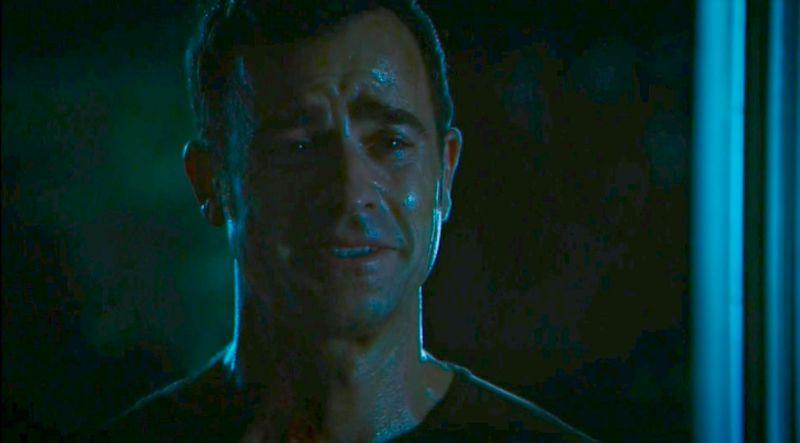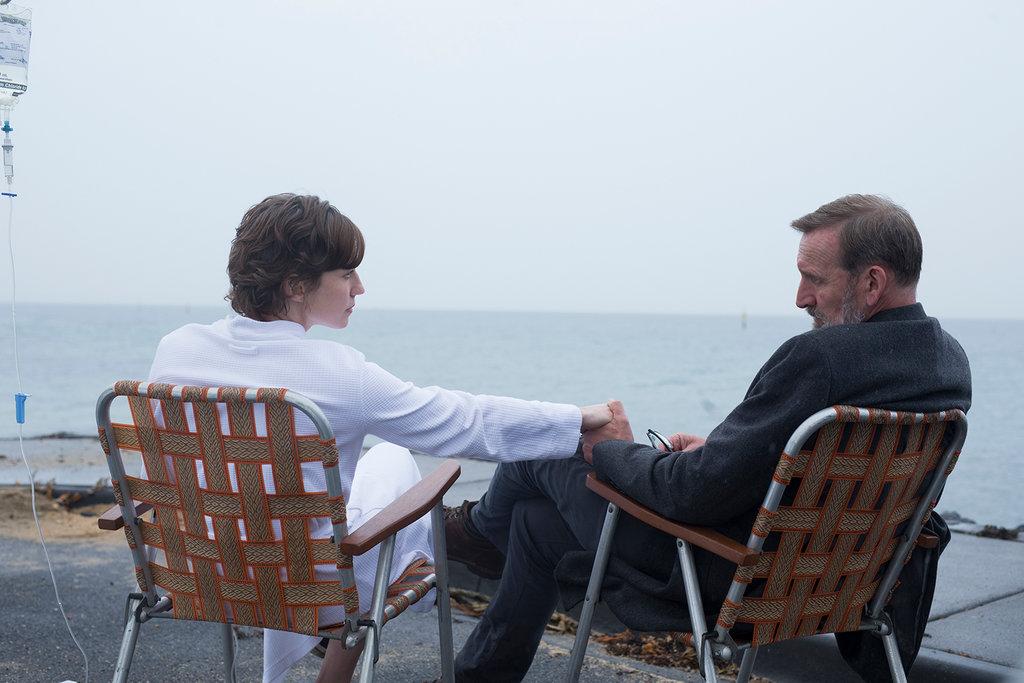Imagine if, in a split second, someone you love disappeared into thin air.
Now, imagine if it happened to 140 million people at once.
Such is the premise of “The Leftovers,” an HBO series that premiered in 2014 and ran for three glorious seasons. No worries if you missed It – this is the kind of show that critics call “the best show you’re not watching,” despite about 8 million viewers in its height.
Care should be taken when viewing this show. The mass-disappearance event, which is referred to as the “Sudden Departure,” is highly evocative of the recent pandemic. It may be a triggering watch if you, like me, have lost someone without being able to say goodbye or have any kind of closure. It’s worth thinking about how this may have disrupted the grieving process.
Let me tell you what this show gets right about grief.
People respond to grief in different ways
A common theory taught to psychology students is the Kübler-Ross model, which outlines predictable stages of grief both for the dying and the loved ones left behind. While this theory still gets a lot of play, there is a general lack of empirical support for it, and there are actually many models of grief that carry their own theoretical frameworks. When taken as a whole, we can infer from the literature that there is no one way to deal with grief, and no handbook that can predict our thoughts and behavior in the midst of it. What “The Leftovers” does well is show various reactions to grief that all seem plausible and earned. In the mist of bereavement, might you lean into radical spirituality to the point of cultism? Might you seek out sadomasochistic fantasies to feel more “alive?” Might you self-medicate with drugs or alcohol? Any or all of these might be potential behavioral outcomes. The truth is, we can’t know how we will respond until it happens.

Grieving may take significant time
The first season of “The Leftovers” begins three years after the Sudden Departure. We might assume that, given the amount of time that has passed, the characters have processed their grief and moved on with full acceptance. But, what happens to those who get “stuck” in grief, and how long is healthy to grieve? As mentioned above, there is no one-size-fits-all timeline. The DSM does outline criteria for Prolonged Grief Disorder which causes distress or dysfunction after a year of grieving; as well, if the death is a traumatic one, it can leave a loved one more susceptible to Post-Traumatic Stress Disorder. We understand, then, why our protagonists suffer so greatly, and why they may need professional help in getting un-stuck.

Finding the beauty amongst the pain
“The Leftovers” is a challenging watch, and not always a fun one. And yet, there are moments of such hope and beauty that it may take your breath away. There is music here, and art, healing and spirituality, and romantic and familial love. It reminds us that the human experience is wide and varied, with highs and lows and loss and resilience. This show dares to take on all of it, and it’s unforgettable to watch.

